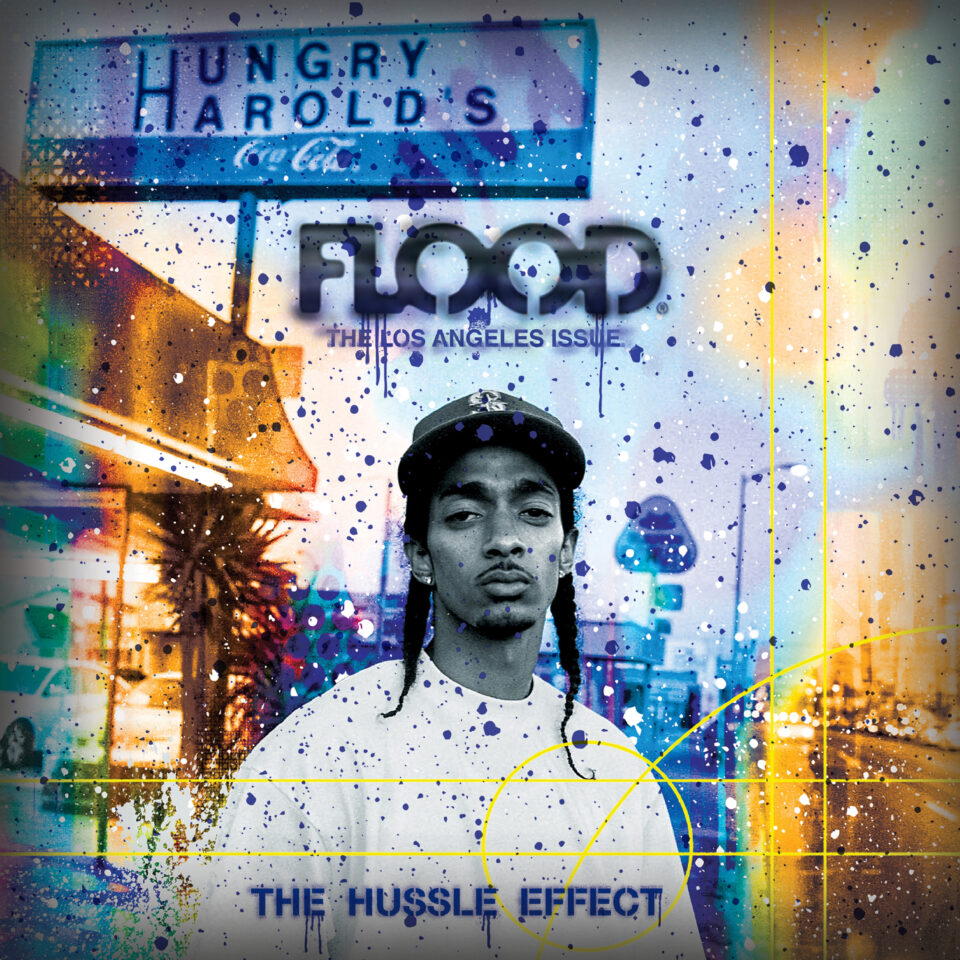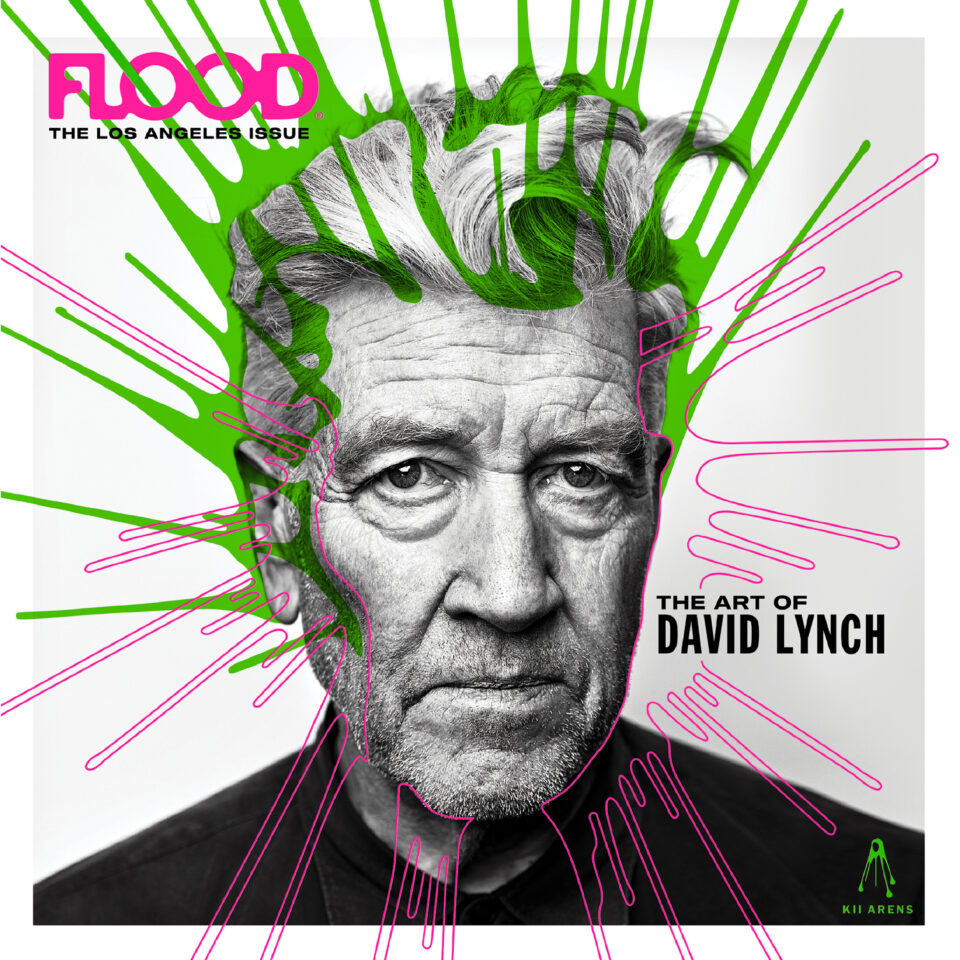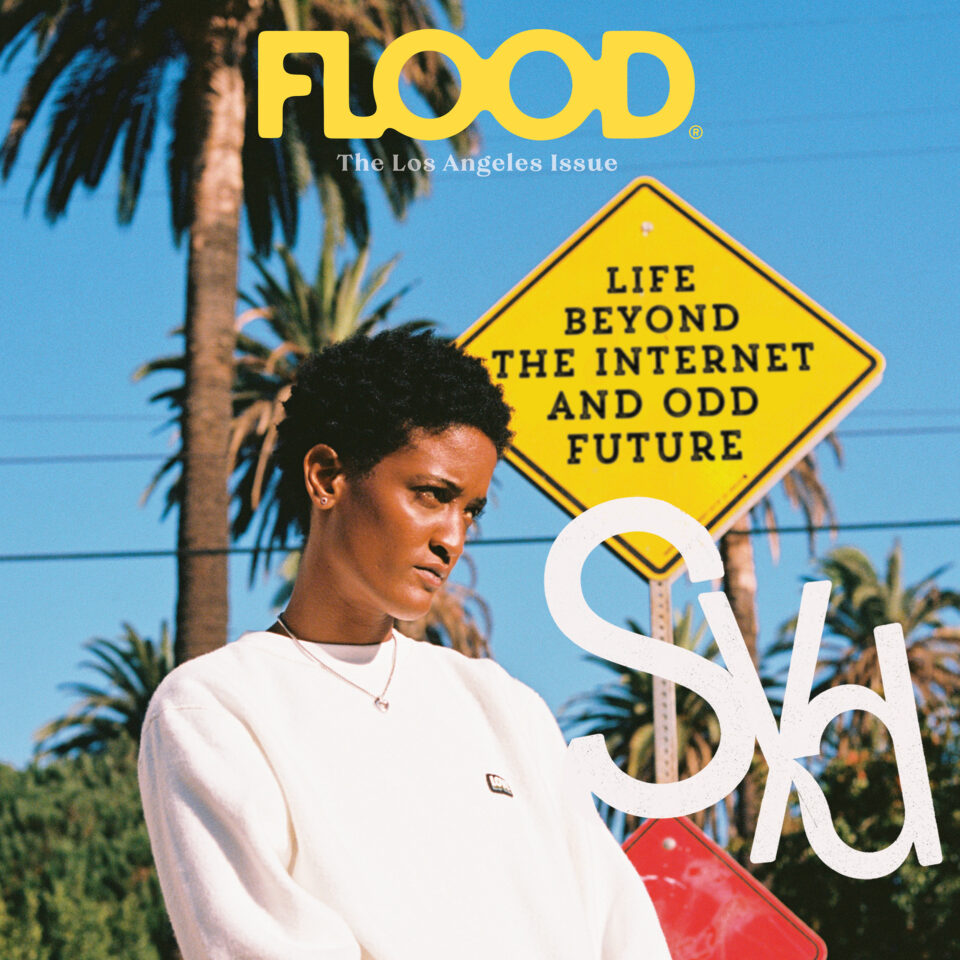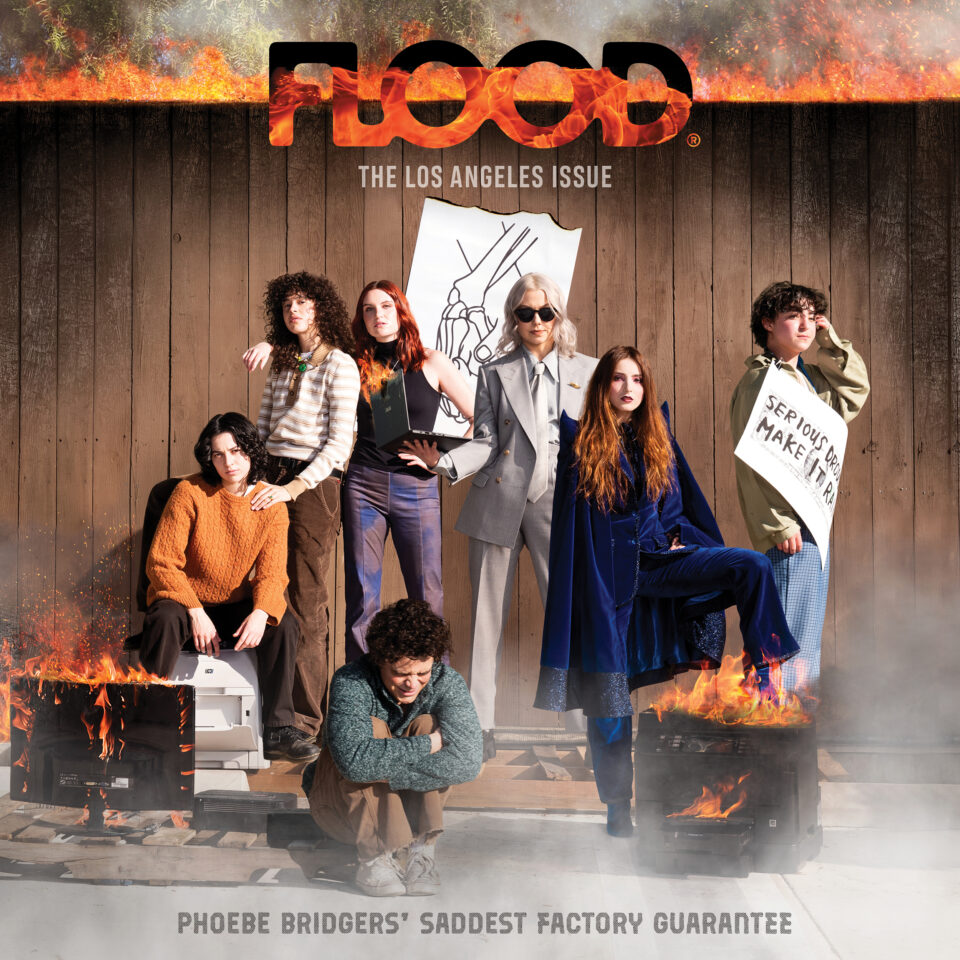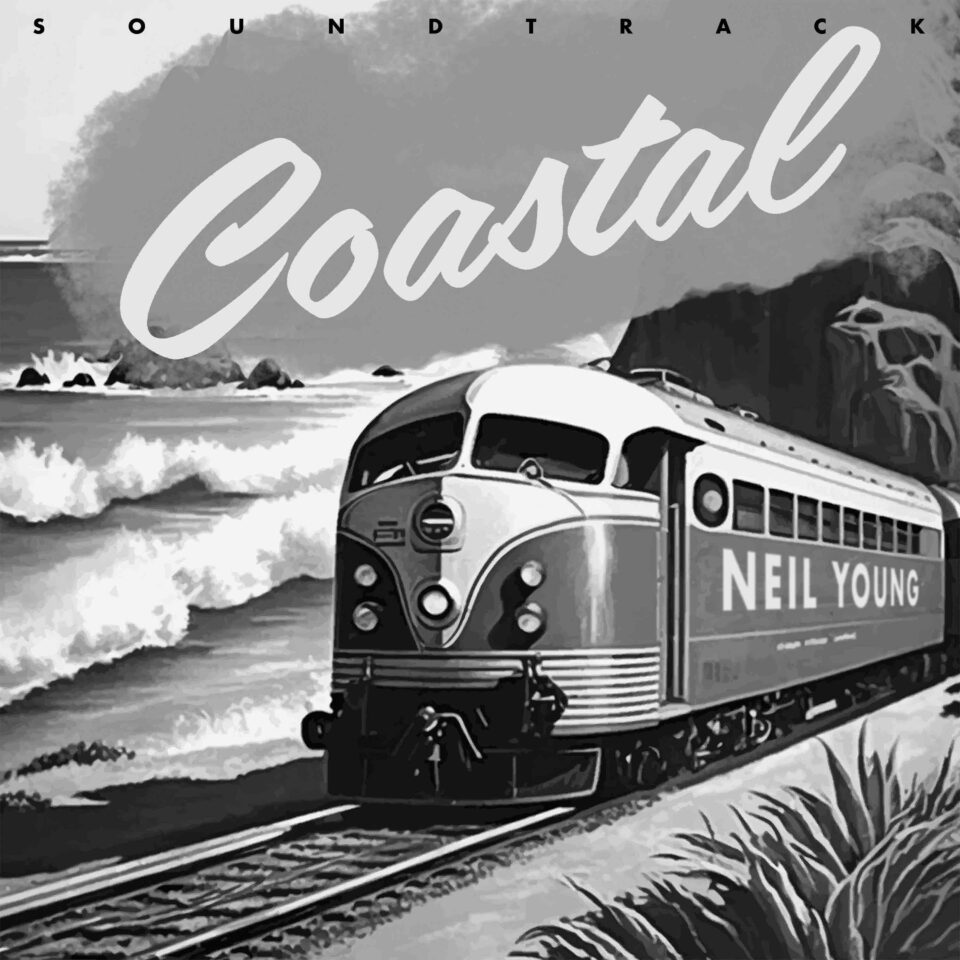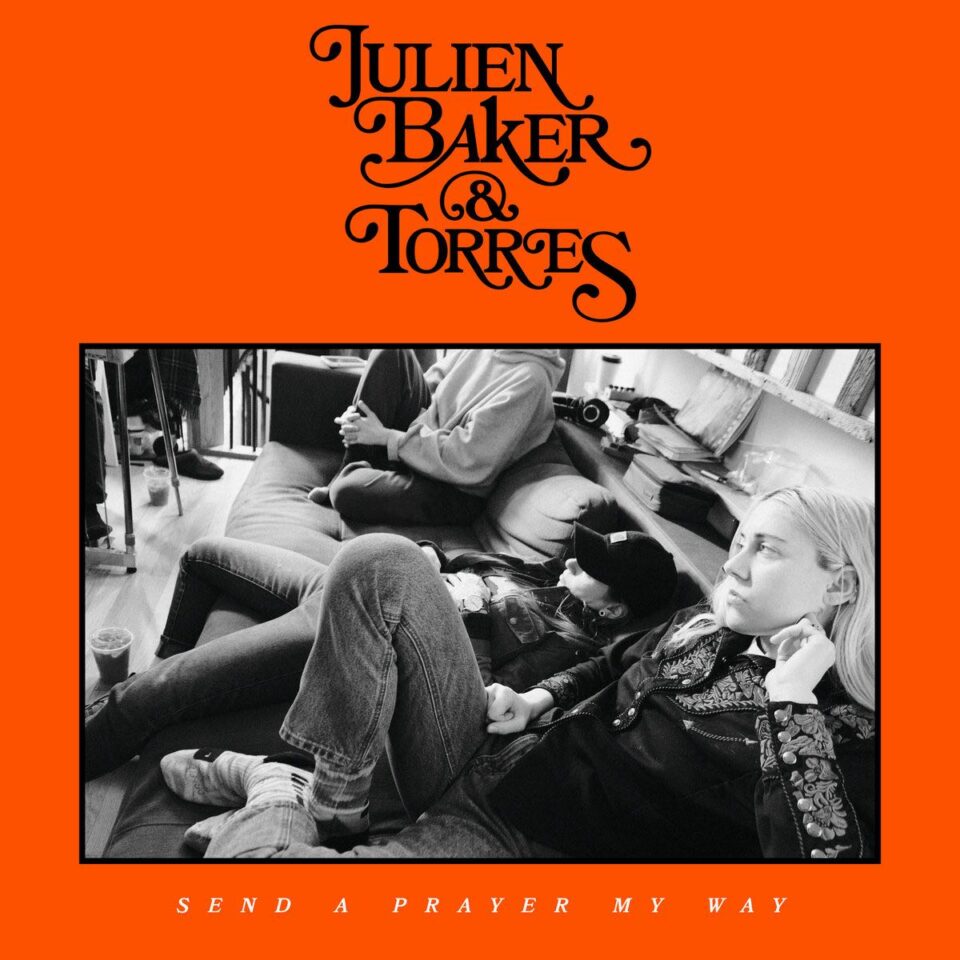The waning years of the aughts were a trying time for prominent factions of America’s underground hip-hop scene, which reached an insurmountable peak at the beginning of the decade. In 2010, El-P’s New York–based Definitive Jux Records closed its doors after ten years of to-be classic hip-hop records by the likes of Aesop Rock, Cannibal Ox, and Company Flow. In the same year, LA’s arty counterpart Anticon slowly began soliciting outsourced contributions after the departure of co-founder Sole. Meanwhile, up north, Minnesota’s flourishing Rhymesayers Entertainment collective mourned the loss of mainstay MC Eyedea, who passed away as his East Coast allies were still grieving the untimely death of Camu Tao two years previously.
While many of the involved parties in this particular wave of subterranean hip-hop persist in disseminating rhymes, the recent documentary Adult Rappers sheds light on the eclipsed dream of performing outside the limelight, specifically framing the bleak reality of maintaining a creative output while supporting a growing family. Prominent Rhymesayers Slug and P.O.S. recount the hardships of establishing their labels in sometimes-grotesque detail, while a world-weary Murs vows to dedicate the rest of his life to doing nothing. Like, ever.
As the country’s core indie hip-hop labels began disbanding, a vacuum formed in the intermediate level of hip-hop’s hierarchy, engulfing the national stage for artists whose fan base lands anywhere between Kanye and Kevin from accounting. There was no longer any legitimate means of distribution for a generation weaned on Tony Hawk’s Pro Skater soundtracks, requiring disciples of Slug and Aes to go big or go pitch their tents at everyone’s favorite payment-optional campground.
https://www.youtube.com/watch?v=VUFDo0fi6EQ
In an unlikely turn of events, 2010 also proved to be the year the seeds were sown for the slow-but-steady re-invigoration of alternative hip-hop for the modern online age courtesy of a pair of mixtapes constructed on the foundation of pure Internet-humor stupidity. In contrast with Sage Francis’s personal journal entries slammed over doomsday beats, the rebirth of the underground was led by a duo whose half-conscious hip-hop boasted track titles like “Happy Rappy” and “Rapping 2 U” and choruses marked by grating indecisiveness and a beat lifted from their favorite soap opera. What began as two smoked-up twentysomethings miscommunicating outside a fast food duplex blossomed into the re-emergence of a briefly forgotten movement which suddenly realized just how seriously it had been taking itself.
Himanshu Suri (f.k.a. Heems) and Victor Vazquez (rap name Kool A.D.) were Das Racist: a whirlwind of multicultural pop culture references swirling around a college dorm room frequented by hallmates possessing a shared interest in loquacious idleness. They were a pair of millennial Donald Barthelmes who had inadvertently absorbed a pricey liberal arts education which they passively exuded in puffs of weed smoke and offhand yet informed philosophies light years away from any academically-citable context. They were the brief intermission between their respective economics and literature courses in which their brains could be shut off, despite their mouths’ continued movement.
In reality, they were two maladjusted college graduates looking to gratify the insatiable needs of the Internet while inadvertently breathing new life into a dying subculture. Though “Combination Pizza Hut & Taco Bell” proved to be nothing but a Trojan Horse to put their kinda-rap-noise-pop on the map, the stupid energy that carried the track proved vital to the Das Racist brand. They offered a clean slate to their peers, a notion that rapping about rapping about rapping is acceptable, as is flaunting such trivial and comedically unverifiable superlatives as their ranking among rappers with glasses (Vic: second, behind E-40) as well as their place in the lineage of Latin rappers to show appreciation for The Beatles (Vic again, second again). They arbitrarily shined a light on the borderline absurdity of rap culture, pushing it just over the edge by doubling down on whatever bizarre character traits were influential in inflating the eccentric ego.
By their second mixtape, Sit Down, Man, familiar aliases like ex-Jukies El-P and Despot arrived seemingly out of the woodwork to reinvent themselves as artists comfortably compatible with potty humor. Even blog-chic indie producers joined in on the occasion, as tracks produced by Chairlift and Keepaway sparkle amidst the hard-hitting traditional rap beats comprising the rest of the tape’s seventy-five minutes. What each guest in the House of Das shared, though, was a proven absorption of Heems and Vic’s infectious sense of ironic giddiness at the thought of something so tacit as, say, donning fashion clothes at a fashion party.
It should be mentioned that 2010 was the same year in which that Odd Future thing started happening on a global scale, as Tyler, The Creator’s debut mixtape dropped on Christmas day of the previous year, followed shortly after by a brief introduction to the derelict mind of Earl Sweatshirt. Both artists promoted their work with a slew of horrific videos which the Internet naturally made quick work of. Much like Das Racist, the West Coasters knew how to market themselves in the Internet age, releasing viral videos and mixtapes as one-by-one they were accosted by various labels to redistribute their work. Also similar to DR, Odd Future had their eyes set on the eerie fate of rap rather than the tired past — and having grown from a splintered shard of a genre that had somehow managed to go mainstream, chose to take underground hip-hop deeper into dank, uninhabitable conditions.
Das Racist performed as a downsized SNL cast working in collaboration with an outside personality who brought something new to the table on each track, yet conformed to the lax environment built by the smartest dumb guys in the room.
But where Odd Future was alienating rappers outside the reach of their seemingly-infinite posse, Das Racist’s agenda was all-inclusive. Odd Future — in the vein of Jux, Anticon, Rhymesayers, Wu-Tang, and countless others — crafted a tight echo chamber of featured spots and production credits on solo releases and alternative incestuous bouts of collaboration. Das Racist simply worked well off each other the way comedy duos do, even as their output became decreasingly dependent upon novelty tracks and goofy party anthems. They performed as a downsized SNL cast working in collaboration with an outside personality who brought something new to the table on each track, yet conformed to the lax environment built by the smartest dumb guys in the room.
Das Racist didn’t amount to much following the one-two punch of Shut Up, Dude and Sit Down, Man, quietly splitting up after the release of an underwhelming studio album a year later and pursuing solo careers that never quite reached the level of buzz curated on their mixtapes. But over the course of the next few years, vets of the underground bounced back from obscurity on the ticket of a two-man show a la Das Racist: In 2011, Aesop Rock and Rob Sonic began trading ludicrous verses as Hail Mary Mallon while ultra-verbose jazz rapper Busdriver teamed up with Nocando, a fellow skilled stabilizer of wit and slapstick, as Flash Bang Grenada. Not long after, El-P teamed up with Killer Mike to echo the tag-team verses of Heems and Kool A.D. as Run The Jewels, a gig that has severely threatened the stability of their day jobs.
https://www.youtube.com/watch?v=N0ijOe3sGEk
Even solo artists who haven’t yet committed to such a steady binary relationship feature tandem hijinx in their work, as Kool A.D. has aptly surfaced on recent releases by both Open Mike Eagle and Milo. This same environment launched the cult hero Kenny Dennis to heavy coverage on notable blogs and culminated in a collaboration with Workaholic Anders Holm. Even Danny Brown, the dude who was once turned down for a spot in G-Unit due to a pair of thigh-hugging jeans, has hopped on a verse with just about every one of the aforementioned emcees, and has launched to stardom not on 50 Cent’s slowly-unravelling coattails, but by the power of his own one-of-a-kind, absolutely-ludicrous brain.
With this new Brockhampton thing currently saturating the Internet-spawned hip-hop market these days, Das Racist’s influence on rap’s future may remain relatively underground (though Heems’s Swet Shop Boys project has received plenty of attention since its 2014 inception). It seems each of DR’s successors took a crucial piece of advice after a brief blip in their career: Relax. In retrospect, the level of introversion espoused by each figure responsible for making the ’00s a crucial era for hip-hop is simply exhausting. While drug possession has long been a leitmotif of the genre, Das Racist’s blunt depiction of intellectual stonerism reopened the conversation, as one-by-one, hip-hop’s beloved peeked their heads out from premature retirement as if to say, “You puff herb? Dawg, I smoke weed too!” FL


